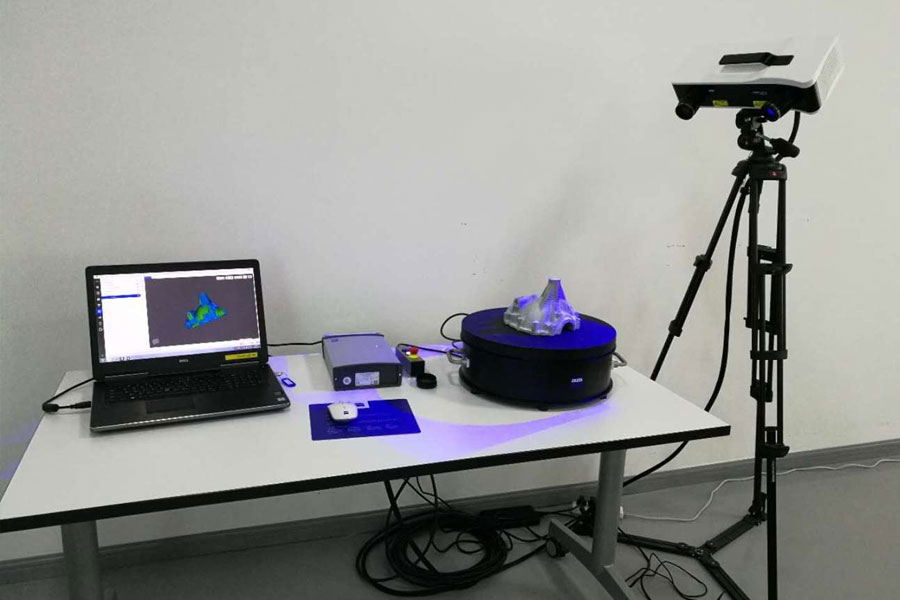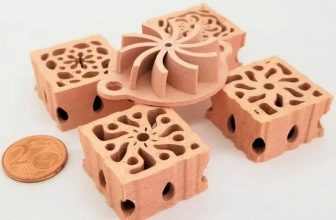
Large-scene 3D scanning is also known as terrestrial lidar technology, and is currently widely used in digital factories, production lines or device transformation, industrial Internet of Things and other fields. This technology can use 3D scanning equipment to quickly collect massive 3D coordinate points of the tested workshop production line, plant structure, equipment shape and spatial location, thereby forming a 3D point cloud model of the tested object. The point cloud model can be used to establish accurate reverse models of plant structure, pipelines, production lines and devices, and provide basic data support for later maintenance, transformation, and digital factories.
Main parameters of scanning equipment suitable for industrial fields:
- Scanning distance: between 1-300 meters
- Ranging accuracy: ±1 to ±3mm
- Equipment weight: about 5KG
- Scanning speed: about 1 million/point
- Laser class: level 1
The workflow of 3D laser scanning
On-site investigation: On-site understanding of the plant structure, production line layout, production scheduling plan, safety hazards, and data collection scope of each factory provides accurate basis for later formulation of the plan.
Plan formulation: on the basis of site survey and after full consultation with later data users and production dispatchers, according to the actual situation of each factory, determine the location of the equipment station, the on-site work plan, the scanning period, the data submission standard, etc., and the scanning plan Only meticulousness can save costs to the greatest extent and bring benefits to the enterprise.
Data processing: At present, most companies use three-dimensional data in design and construction, and industrial IoT and digital factories have become the direction of future industrial development. Complete and accurate three-dimensional data of factory status are the basic conditions for the above work. However, the system platforms, design software, and management software adopted by different industrial enterprises, design units, and software companies have different requirements for data. Therefore, it is necessary to fully communicate with technical personnel before project implementation to clarify the direction of data processing in the later period.
Why 3D scanning technology is suitable for factory applications
Complex structure: Due to production needs in chemical, electric power, automobile, steel and other enterprises, various pipelines, assembly lines, bridges, and equipment are densely placed, and some equipment or devices are difficult to reach once they are commissioned and put into production. Large-scene 3D scanning technology can quickly collect irregular or complex structured objects with precise coordinate data, thereby obtaining a structured 3D point cloud database. Later data processing can be extended according to different needs to provide for design, construction, management and other needs. Basic three-dimensional data.
Missing data: Since the factory was built and put into production, in order to adapt to the ever-changing market and various needs, the spatial location and quantity of pipelines, installations, and equipment in the factory are changing. Especially large enterprises often have archived data due to various reasons. There are missing or inaccurate situations. Digital management is the only choice for enterprises to reduce costs and better adapt to the market in the future. Complete and accurate factory basic three-dimensional data is becoming more and more important. It is the core basic data for digital management and application.
Project case description
After nearly ten years of development, 3D laser scanning technology has become a mature measurement technology. The outstanding advantage of 3D laser scanners is that they can quickly scan the measured object and directly obtain high-precision and massive point cloud data. In the future, it will be widely used in chemical, electric power, automobile, shipbuilding and other industries.





